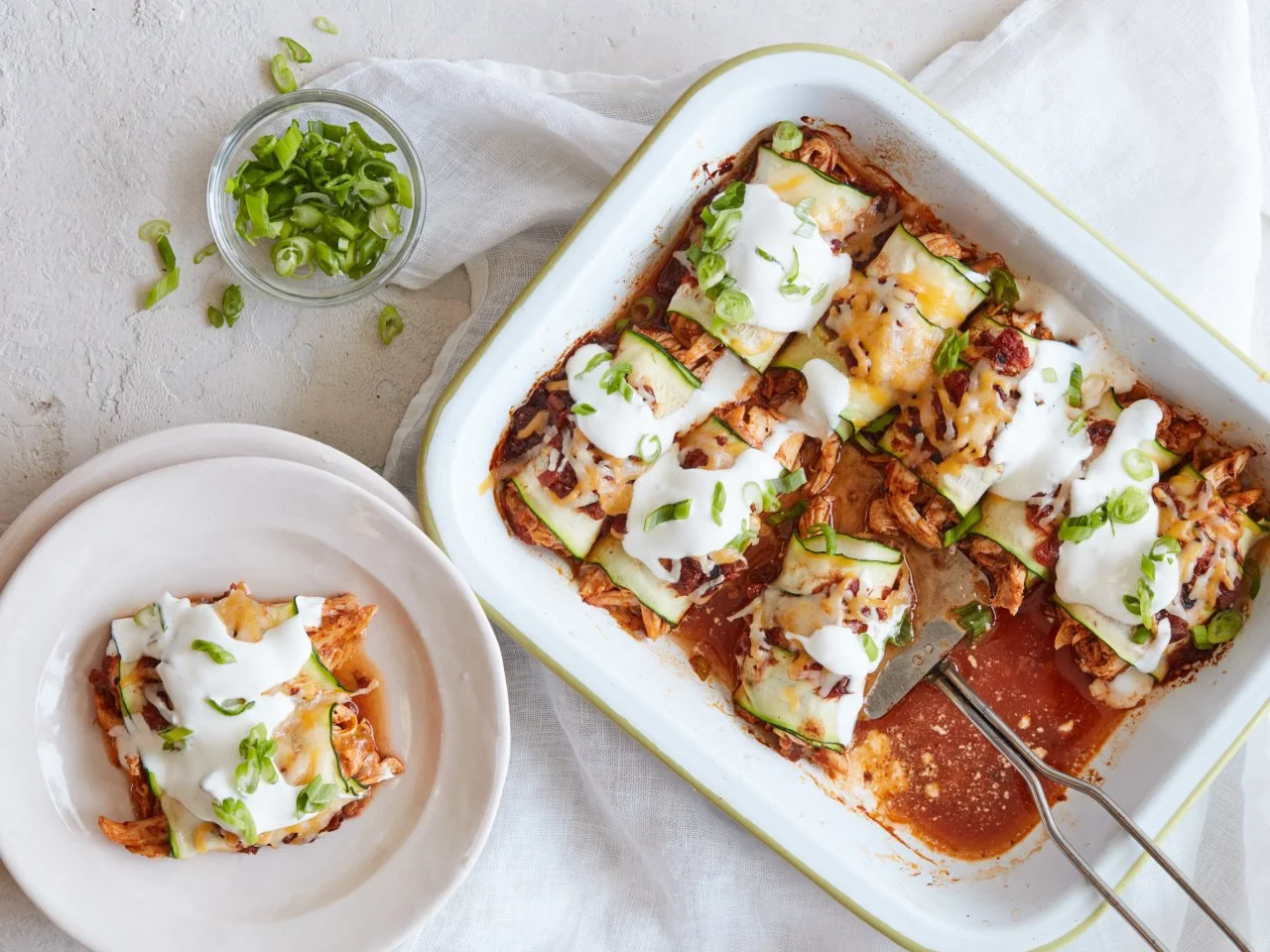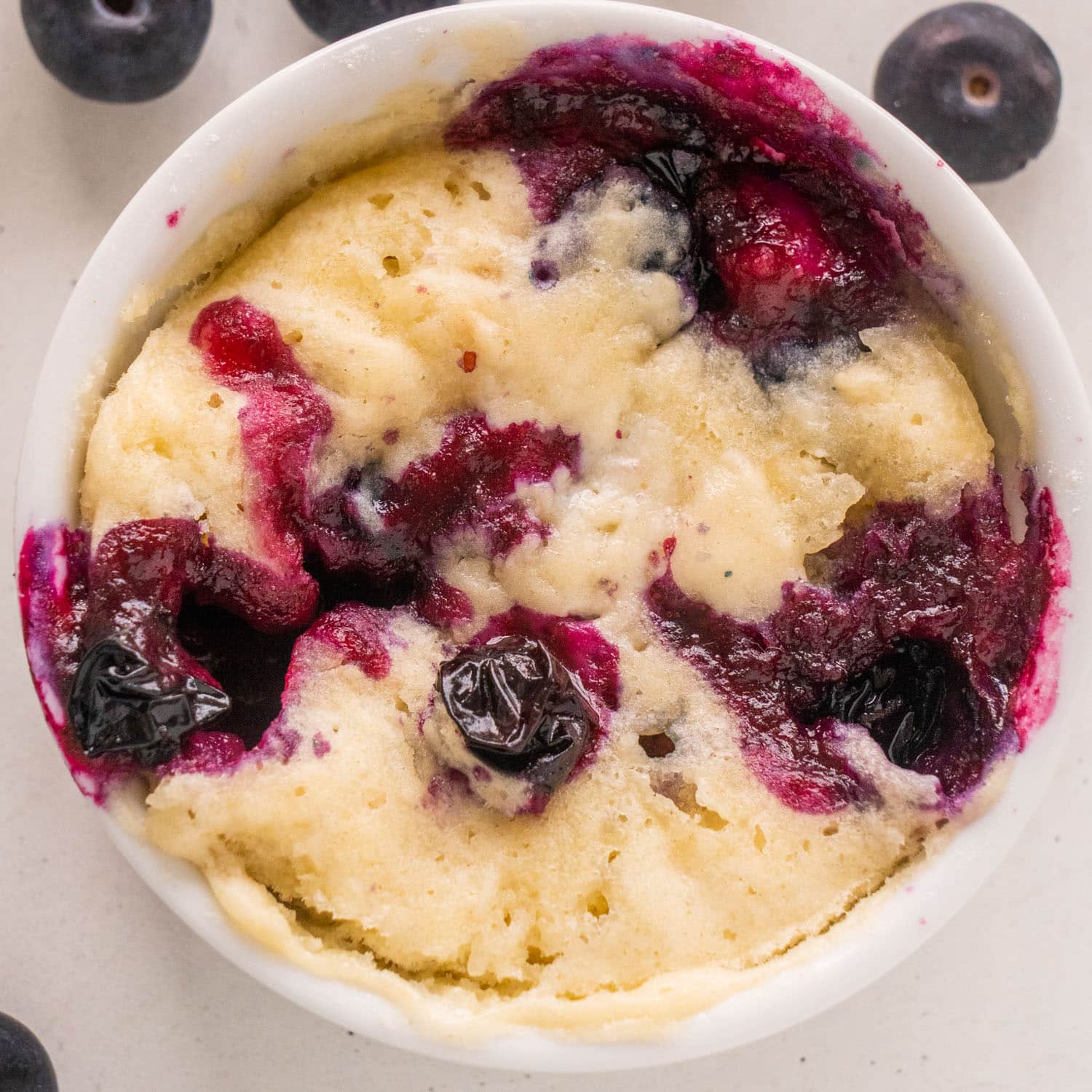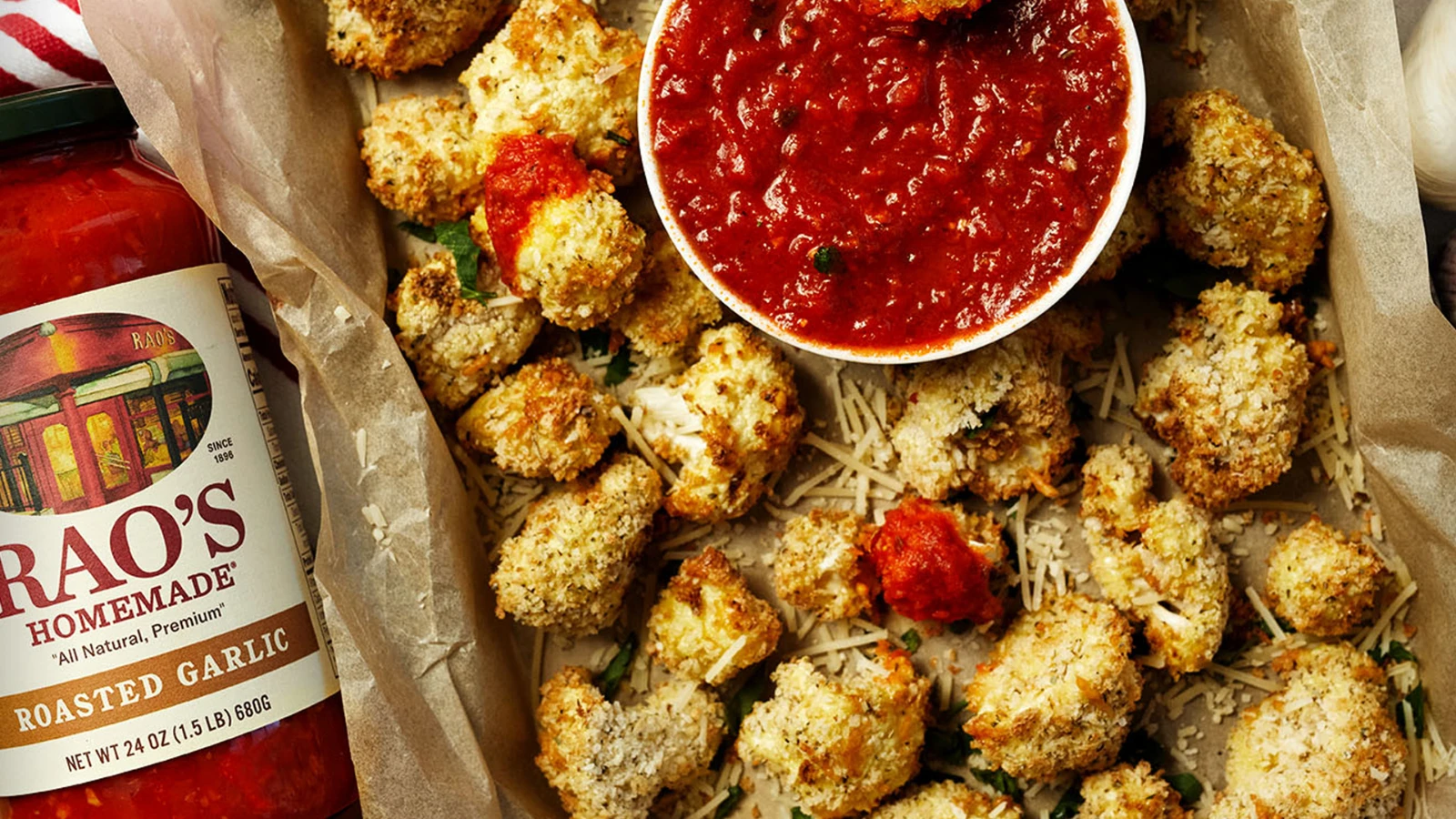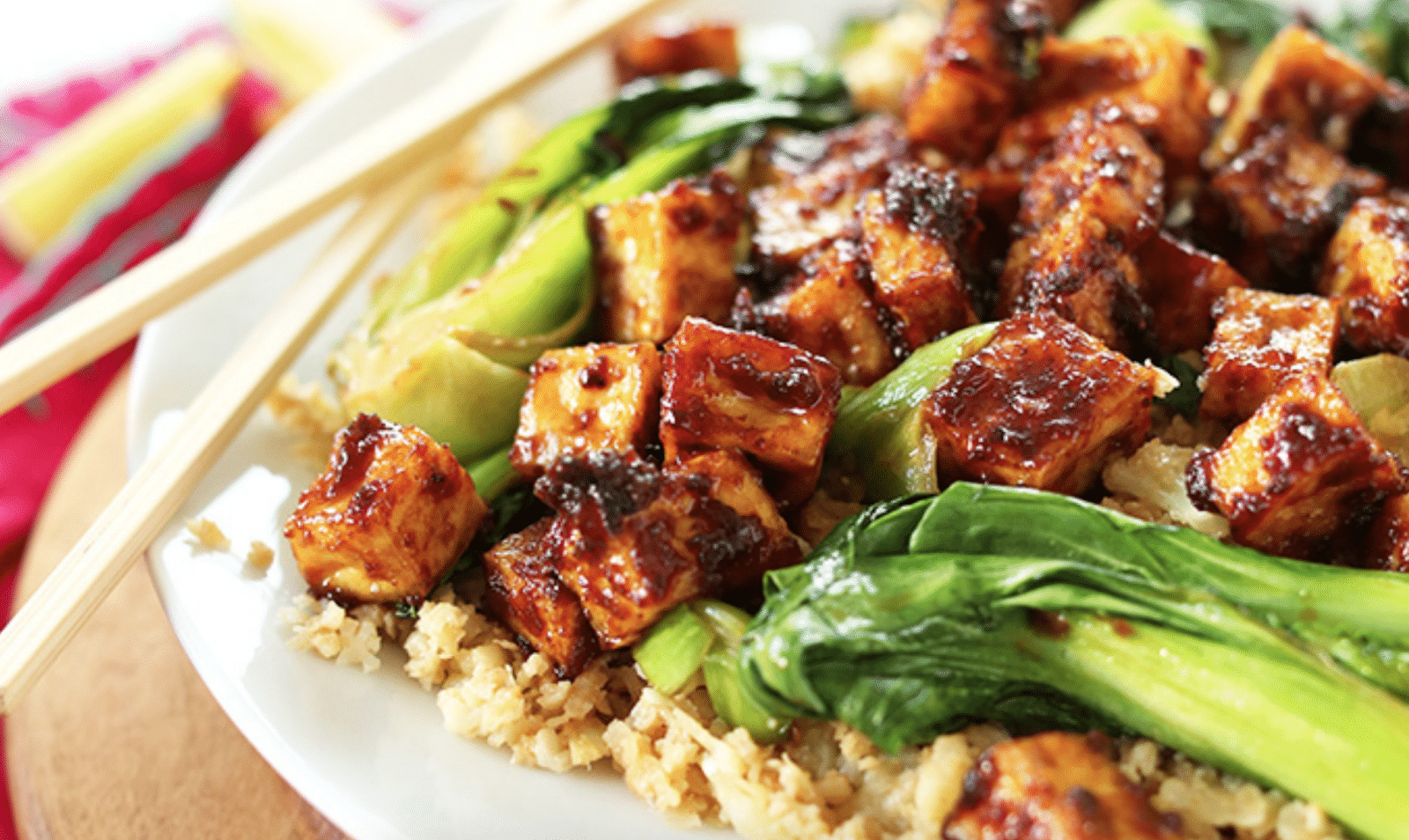Navigating the world of snacking while on a low-carb diet can often feel like a challenge. The most common convenience foods are typically high in carbohydrates, which can derail your health goals, whether they involve weight management, blood sugar control, or simply maintaining sustained energy levels throughout the day. The key to success is finding snacks that are not only low in carbs but also rich in protein, healthy fats, and fiber. These nutrients are essential for promoting satiety and keeping you full and satisfied between meals.
This guide is designed to be your go-to resource for delicious and easy low-carb snack options. We will explore twelve nutrient-dense choices that are simple to prepare and perfect for any time of day. From savory to sweet, these snacks will help you stay on track with your low-carb lifestyle without feeling deprived. We’ll delve into the “why” behind low-carb snacking and provide practical tips to help you make informed choices.
Why Choose Low-Carb Snacks?
Opting for low-carb snacks isn’t just about adhering to a specific diet; it’s about embracing a healthier way of eating that offers numerous benefits. By choosing snacks that are low in carbohydrates and high in other essential macronutrients, you can significantly impact your overall well-being.
Benefits for Blood Sugar Control
One of the most significant advantages of a low-carb diet is its positive effect on blood sugar levels. Carbohydrates, particularly simple carbs and sugars, are broken down into glucose in the bloodstream. A large influx of glucose can cause sharp spikes in blood sugar, followed by a subsequent crash, leading to energy slumps and cravings. Low-carb snacks, on the other hand, have a minimal impact on blood sugar, promoting more stable glucose levels throughout the day. This is particularly beneficial for individuals with insulin resistance or type 2 diabetes.
Aiding Weight Management
Low-carb snacks can be a powerful tool for weight management. Foods rich in protein and healthy fats are known to increase feelings of fullness and reduce overall calorie intake. When you feel satisfied after a snack, you are less likely to overeat at your next meal. Furthermore, a low-carb diet can shift your body’s metabolism towards burning fat for energy, a state known as ketosis, which can contribute to weight loss.
Sustained Energy Levels
The infamous mid-afternoon slump is often a result of a carb-heavy lunch or snack. The rapid rise and fall of blood sugar levels can leave you feeling tired and unfocused. Low-carb snacks provide a more sustained release of energy. Healthy fats and protein are digested more slowly than carbohydrates, ensuring a steady supply of fuel to keep you energized and productive throughout the day.
The 12 Best Low-Carb Snacks
Here are twelve simple, delicious, and satisfying low-carb snacks to keep you fueled and focused.
1. Hard-Boiled Eggs
A classic for a reason, hard-boiled eggs are a powerhouse of nutrition. They are incredibly versatile and easy to prepare in advance for a quick and convenient snack.
A single large hard-boiled egg contains less than 1 gram of carbohydrates while providing about 6 grams of high-quality protein and 5 grams of healthy fats. They are also an excellent source of essential nutrients like vitamin D, vitamin B12, choline, and selenium. The high protein content helps to keep you feeling full and satisfied.
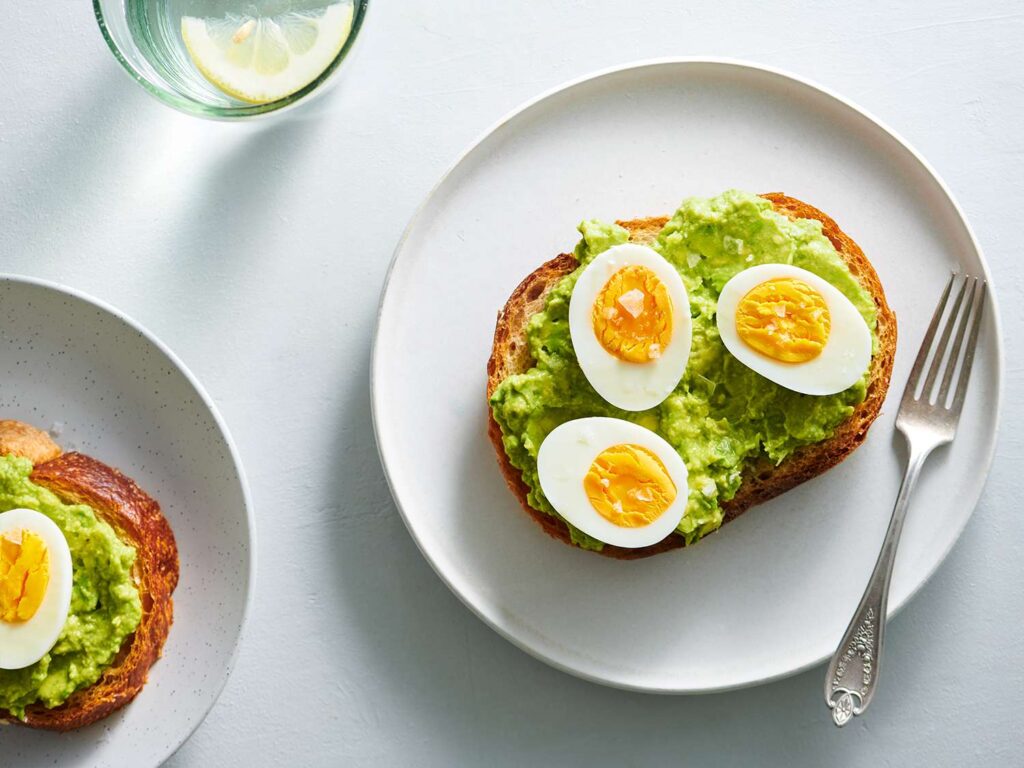
How to Prepare: Place eggs in a single layer in a saucepan and cover with water. Bring to a boil, then cover the pan and remove it from the heat. Let the eggs stand for 10-12 minutes. For an extra touch of flavor, sprinkle with a pinch of salt, pepper, or paprika.
Why it’s a great low-carb choice:
It is a portable, protein-packed snack that has a minimal impact on blood sugar levels.
2. Avocado with Sea Salt
Avocado is a creamy and satisfying fruit that is packed with healthy fats and fiber. It’s a fantastic option for a quick, no-cook snack.
Half of a medium avocado contains approximately 9 grams of carbohydrates, but 7 of those are fiber, bringing the net carb count to just 2 grams. It’s an excellent source of monounsaturated fats, which are heart-healthy and help to increase satiety. Avocados are also rich in potassium, vitamin K, and folate.
How to Prepare: Simply slice an avocado in half, remove the pit, and sprinkle with sea salt and a squeeze of fresh lime or lemon juice. You can also add a dash of red pepper flakes for a little heat.
Why it’s a great low-carb choice:
This snack is high in healthy fats and fiber, which work together to keep you full for hours.
3. A Handful of Almonds
Nuts are a staple in many low-carb diets, and almonds are one of the best choices. They are crunchy, flavorful, and packed with nutrients.
A one-ounce serving (about 23 almonds) contains around 6 grams of carbs, with 3.5 grams of fiber, for a net carb count of 2.5 grams. This serving size also provides 6 grams of protein and 14 grams of healthy fats. Almonds are a great source of vitamin E, magnesium, and antioxidants.
How to Prepare: Enjoy them raw or roasted. For a savory twist, toss them with a little olive oil and your favorite spices before roasting. Just be mindful of portion sizes, as the calories can add up quickly.
Why it’s a great low-carb choice:
Almonds offer a balanced mix of protein, fiber, and healthy fats, making them a very satisfying and crunchy snack.
4. String Cheese
String cheese is a portable and perfectly portioned snack that is both delicious and convenient. It’s a great way to get a dose of calcium and protein on the go.
One stick of part-skim mozzarella string cheese typically contains less than 1 gram of carbohydrates, along with about 7 grams of protein and 5 grams of fat. It’s a good source of calcium, which is essential for bone health.
How to Prepare: No preparation is needed! Just grab a stick from the refrigerator and enjoy. You can also pair it with a few olives or slices of pepperoni for a more substantial snack.
Why it’s a great low-carb choice:
It’s an easy, mess-free, and protein-rich snack that requires zero prep time.
5. Plain Greek Yogurt with Berries
Plain, full-fat Greek yogurt is a creamy and tangy snack that is high in protein and probiotics. Adding a small handful of low-carb berries adds a touch of sweetness and extra nutrients.
A 6-ounce container of plain, full-fat Greek yogurt has about 6 grams of carbs and a hefty 17 grams of protein. Adding a quarter-cup of raspberries will contribute about 3.5 grams of carbs (1.5 net carbs). Greek yogurt is also an excellent source of probiotics, which support gut health.

How to Prepare: Choose plain, unsweetened Greek yogurt to avoid added sugars. Top with a small serving of low-glycemic berries like raspberries, blackberries, or strawberries. A sprinkle of chia seeds or flaxseeds can add extra fiber and healthy fats.
Why it’s a great low-carb choice:
This combination provides a high dose of protein, healthy fats, and fiber, making it a very filling and gut-friendly option.
6. Celery Sticks with Nut Butter
This classic combination offers a satisfying crunch from the celery and a creamy, savory flavor from the nut butter. It’s a simple yet effective way to curb hunger.
Two medium celery stalks have about 2 grams of carbs (1 of which is fiber). Two tablespoons of natural peanut or almond butter will add around 6-7 grams of carbs (about 4-5 net carbs), along with 7-8 grams of protein and 16 grams of healthy fats.
How to Prepare: Make sure to choose a nut butter with no added sugars or hydrogenated oils. The ingredients list should simply be nuts and perhaps a little salt. Spread the nut butter onto celery sticks for a crunchy and creamy snack.
Why it’s a great low-carb choice:
The combination of fiber-rich celery and protein- and fat-rich nut butter makes for a snack that is both hydrating and satiating.
7. Olives
Olives are a flavorful and savory fruit that is rich in healthy fats. They are a great snack to have on hand for a quick burst of flavor.
A serving of 10 large olives contains about 3 grams of carbohydrates and is an excellent source of monounsaturated fats, specifically oleic acid, which has been linked to several health benefits, including reduced inflammation. They also provide a good amount of vitamin E and other antioxidants.
How to Prepare: Enjoy them straight from the jar or combine them with cubes of feta cheese for a Mediterranean-inspired snack.
Why it’s a great low-carb choice:
Olives are a low-carb, high-fat snack that provides a dose of healthy fats and antioxidants.
8. Beef Jerky
For those who crave a savory and chewy snack, beef jerky is an excellent high-protein option. It’s portable and requires no refrigeration, making it perfect for on-the-go snacking.
A one-ounce serving of beef jerky can have as much as 9 grams of protein and a variable amount of carbohydrates, so it’s crucial to read the label. Look for brands with no added sugar or nitrates to keep the carb count low, typically between 3-5 grams per serving.
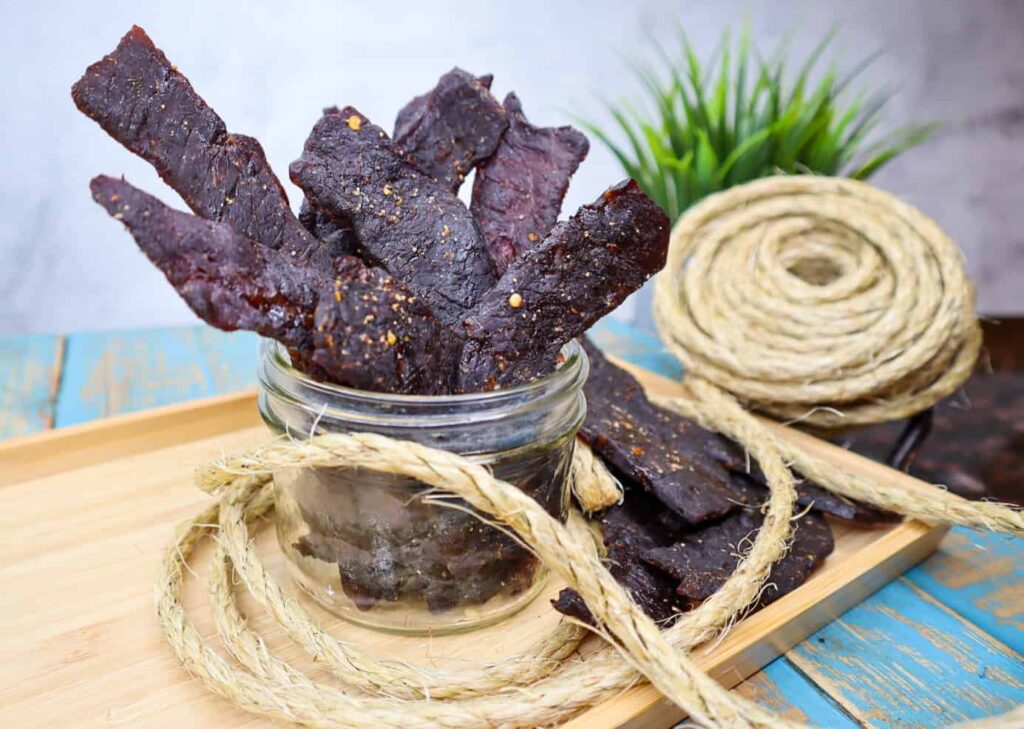
How to Prepare: No preparation is needed, but be selective about the brand you choose. Opt for grass-fed beef jerky with minimal ingredients for the healthiest option.
Why it’s a great low-carb choice:
It’s a very convenient and protein-dense snack that can effectively curb hunger.
9. Bell Pepper Slices with Cream Cheese
This snack is a refreshing and crunchy alternative to chips and dip. Bell peppers are low in carbs and high in vitamins, while cream cheese adds a creamy texture and healthy fats.
Half of a medium bell pepper (any color) has about 4-5 grams of carbs (3-4 net carbs) and is an excellent source of vitamin C. Two tablespoons of full-fat cream cheese add about 2 grams of carbs and 10 grams of fat.
How to Prepare: Slice a bell pepper into strips and use them to scoop up full-fat cream cheese. For extra flavor, mix some herbs and spices into the cream cheese.
Why it’s a great low-carb choice:
This snack is hydrating, crunchy, and provides a good dose of healthy fats and micronutrients.
10. Seaweed Snacks
Roasted seaweed snacks are a light, crispy, and savory option for when you’re craving something salty. They are low in both calories and carbohydrates.
A typical package of roasted seaweed snacks contains less than 1 gram of carbohydrates. Seaweed is also one of the best natural sources of iodine, a mineral that is crucial for thyroid function.
How to Prepare: These snacks come ready to eat. Enjoy them on their own or crumbled over a salad.
Why it’s a great low-carb choice:
It’s a very low-calorie, low-carb snack that satisfies salt cravings and provides essential minerals.
11. Pork Rinds
Pork rinds are a surprisingly great zero-carb snack for those on a ketogenic or very low-carb diet. They are crunchy and savory, making them an excellent replacement for potato chips.
Pork rinds have zero carbohydrates and are high in protein and fat. A one-ounce serving provides about 17 grams of protein and 9 grams of fat. It’s important to note that about half of the fat is monounsaturated, similar to the fat found in olive oil.
How to Prepare: Enjoy them straight from the bag or use them as a crunchy topping for salads or as a “breading” for chicken or fish.
Why it’s a great low-carb choice:
They are a carb-free, high-protein snack that can satisfy cravings for crunchy, salty foods.
12. Dark Chocolate (85% Cacao or Higher)
For those with a sweet tooth, a small portion of high-quality dark chocolate can be a satisfying low-carb treat. The higher the cacao content, the lower the sugar and carb count.
A one-ounce serving of 85% dark chocolate contains about 12 grams of carbohydrates, with 3 grams of fiber, for a net carb count of 9 grams. It is also a rich source of antioxidants, iron, and magnesium.
How to Prepare: Enjoy a square or two on its own to satisfy a sweet craving. Be mindful of portion size to keep the carb intake in check.
Why it’s a great low-carb choice:
It’s a delicious way to get a dose of antioxidants and satisfy chocolate cravings without a significant amount of sugar.
How to Smartly Incorporate Low-Carb Snacks into Your Diet
While these snacks are healthy and low in carbs, it’s still important to be mindful of how you incorporate them into your daily routine.
Portion Control is Key
Even with low-carb snacks, calories can add up. Be aware of serving sizes, especially with calorie-dense foods like nuts, cheese, and nut butters. Pre-portioning your snacks into small bags or containers can help prevent overeating.
Reading Nutrition Labels
Always read the nutrition labels on packaged foods. Pay close attention to the serving size and the “net carbs,” which can be calculated by subtracting the fiber from the total carbohydrates. Be wary of hidden sugars and starches in products marketed as “low-carb.”
Planning Ahead
Preparation is crucial for sticking to a low-carb lifestyle. Take some time at the beginning of the week to prepare your snacks. Boil some eggs, portion out nuts, or slice some vegetables so that you have healthy options readily available when hunger strikes.
Frequently Asked Questions (FAQ) about Low-Carb Snacking
What is a “net carb”?
Net carbs are the total carbohydrates in a food minus the fiber. Since fiber is a type of carbohydrate that your body doesn’t digest, it doesn’t affect your blood sugar levels in the same way that other carbs do.
Can I eat fruit on a low-carb diet?
While many fruits are high in sugar and carbs, some can be enjoyed in moderation on a low-carb diet. Berries like raspberries, strawberries, and blackberries are lower in carbs and high in fiber.
Are processed “low-carb” snacks from the store healthy?
Many packaged low-carb snacks like bars and cookies can contain sugar alcohols and artificial ingredients. While they may be low in net carbs, it’s always best to prioritize whole, unprocessed foods.
How many carbs should I eat for a snack?
The ideal number of carbs for a snack depends on your individual daily carbohydrate goal. A good rule of thumb for a low-carb snack is to keep it under 10 grams of net carbs.
Conclusion: Your Go-To Guide for Satisfying Low-Carb Snacking
Adopting a low-carb lifestyle doesn’t mean you have to give up snacking. By choosing nutrient-dense, whole-food options, you can keep hunger at bay, maintain stable energy levels, and stay on track with your health goals. The twelve snacks listed in this guide are not only delicious and easy to prepare but are also packed with the protein, healthy fats, and fiber your body needs to thrive. By planning ahead and being mindful of portion sizes, you can make low-carb snacking a sustainable and enjoyable part of your healthy routine.

Hey there 👋 I’m Danilo — a food enthusiast passionate about low carb cooking and healthy living.
I believe that eating well doesn’t have to be complicated — it just needs flavor, love, and real ingredients. 🍳
Here, I share easy, low carb recipes made for real life — simple, satisfying, and full of taste. Let’s make healthy food something you actually crave!
